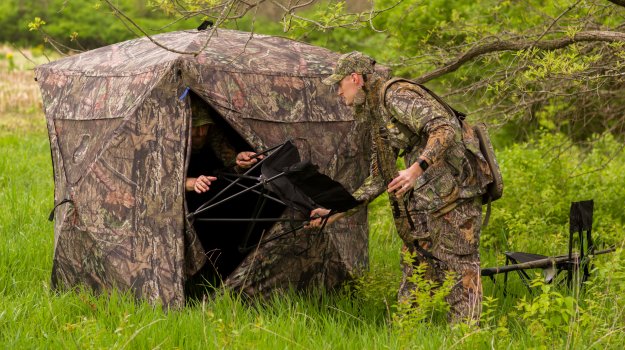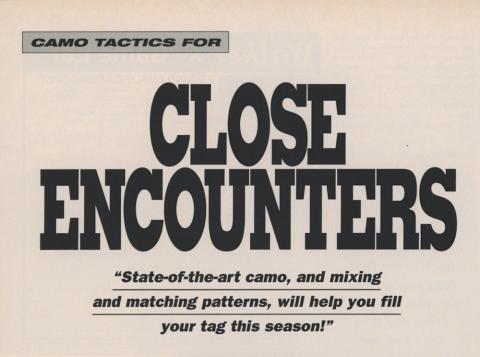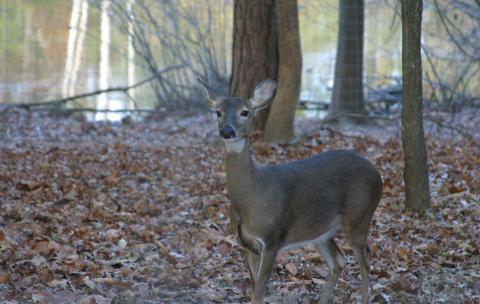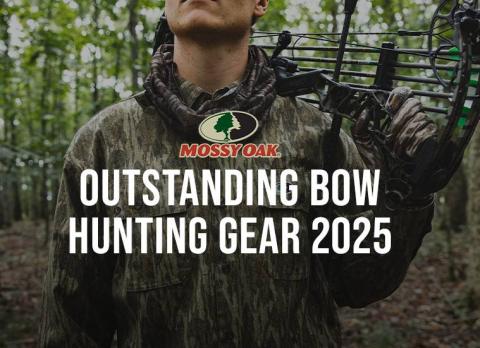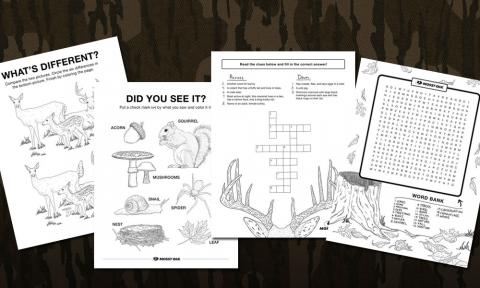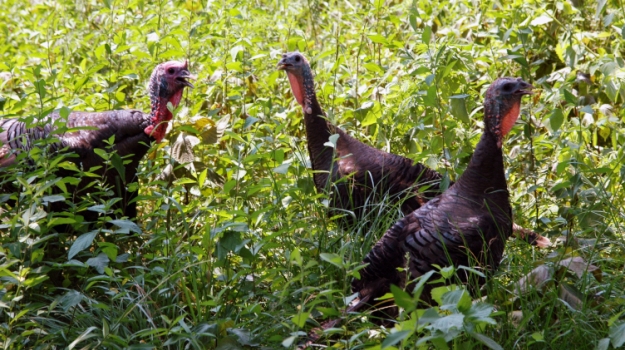
In the early season, you need to know if some of the hens are ready to breed. You often can tell how ready the hens are to breed by how much gobbling you hear when you’re scouting. If you don’t hear much gobbling when you’re scouting before the season, this may mean that the gobblers are still staying together in bachelor groups. If your area has a late spring, there’s a very good chance that at the beginning of the season, all the gobblers will be in bachelor groups. If the gobblers are in bachelor groups, you may want to use different turkey calls than you will if the gobblers have split up.
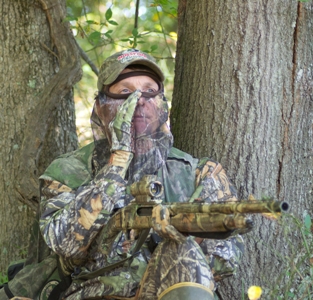 For instance, if our area is having a late spring, and the gobblers are running together, I’ll use more jake calls than I will later on in the spring. I’ll even gobble some because if two or three gobblers are staying together, and you make a gobbler call, those toms will come to you to fight what they believe is another gobbler intruding into their territory. Those gobblers think they can whip that one gobbler, and that he has no business in their territory.
For instance, if our area is having a late spring, and the gobblers are running together, I’ll use more jake calls than I will later on in the spring. I’ll even gobble some because if two or three gobblers are staying together, and you make a gobbler call, those toms will come to you to fight what they believe is another gobbler intruding into their territory. Those gobblers think they can whip that one gobbler, and that he has no business in their territory.
If the gobblers are grouped-up, more than likely the hens also will be grouped-up. By using more gobbler calls and jake calls, you drastically increase your odds of calling a gobbler to you. I think that scouting before the season is much more critical to your success than scouting at any other time. By learning where the turkeys are living, where they are during their breeding cycle, and whether or not the gobblers are staying together or have split up can make you more successful as a hunter during the early season.
Day 2: Talk to Deer Hunters to Find Early Season Gobblers
Tomorrow: Know What to Do When a Turkey Shuts Up















